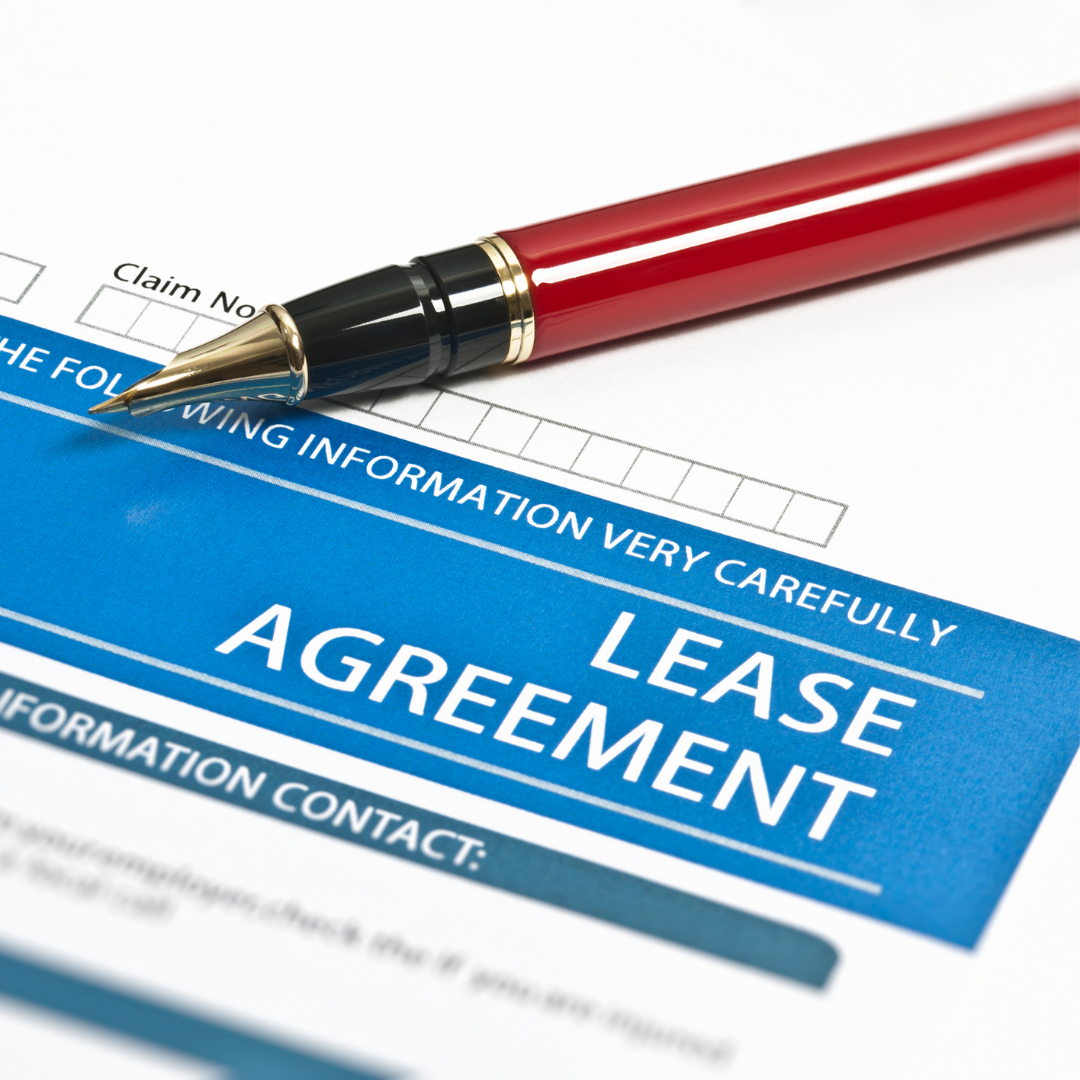Lease accounting is made harder by the fact that there are lots of accounting standards and rules to follow. So, what could be better than having good GASB 87 lease accounting knowledge and software system to help us? With the assistance of both, in terms of GASB 87, we can then be well on our way to effectively recording everything we need when it comes to leases.
What is GASB 87?
GASB 87 is an important accounting standard because it requires accounting technicians and accountants to record and report most of their leases as capital leases, eliminating the split between finance and operating leases. There are exceptions to this rule, of course, where a lease is to run for a short period. The definition of this would be if it was only intended to run for 12 months or less. Certainly no longer. To not record a lease correctly would be breaking the rules of the GASB 87 standard that has been created to protect investors.
GASB Statement No. 87 for leases will provide guidance when it comes to leasing contracts that concern non-financial assets. Examples of these include vehicles, buildings, and heavy equipment. The accounting standard excludes non-exchange transactions. These include leases of intangible assets, such as software licences or patents, and donated assets.
How Does GASB 87 Impact a Leasing Business?
It is even before the financial statements are put together that GASB 87 should be of concern to leasing businesses. This is because a lease will need to be recorded correctly from the start so that it can be accounting for correctly later. That is, it will need to be entered into software as a capital/finance lease where it previously would have been classified as an operating lease, in cases where the lease extends beyond 12 months. So, this will need to be understood by the inputter. Software that prompts a user and reminds them of the fact is, of course, extremely useful to make sure that mistakes are not made in this area of accounting.
To better understand the difference there once was with leases, it might be useful to understand fully how an operating lease has been defined in the past.
Has GASB 87 Replaced a Previous Accounting Standard?
GASB 87 replaces current GASB guidance. This includes GASB 62 (issued in 2010 to mirror much of ASC 840) and GASB 13 (from 1990).
GASB 87 means that where most leases used to be split between finance and capital leases, they are now mostly recorded using a single model that classifies them as capital leases in lease accounting terms when the lease is for more than 12 months.
There is no doubt that this change will transform the way accounting is governed in this sector. It is another rule to know as much as it is a protection for investors. Those in the financial sector need to be well versed in it as it is one of the most important accounting standards to adhere to.
Postponement
There has been a postponement of some of the authoritative guidance that leasing companies need to take note of. The extension has meant some grace for companies. It means that they will not have to report under GASB 87 as soon as first thought. The first companies required to report under the new accounting standard will be those with June 30, 2022 year-ends. Those with a calendar year-end will need to implement with December 31, 2022 year-ends. It is worth checking on the current state of play as things change a lot with accounting standards.
So, hopefully, the above has provided you with a greater understanding of GASB 87 and what it means for leasing companies and businesses where leases are a part of their activities. From the moment, it is enforceable that companies will be required to know how to report their figures differently. Lease accounting software is likely to be the answer to their prayers and prove some comfort when it comes to dealing with this change concerning accounting standards.







